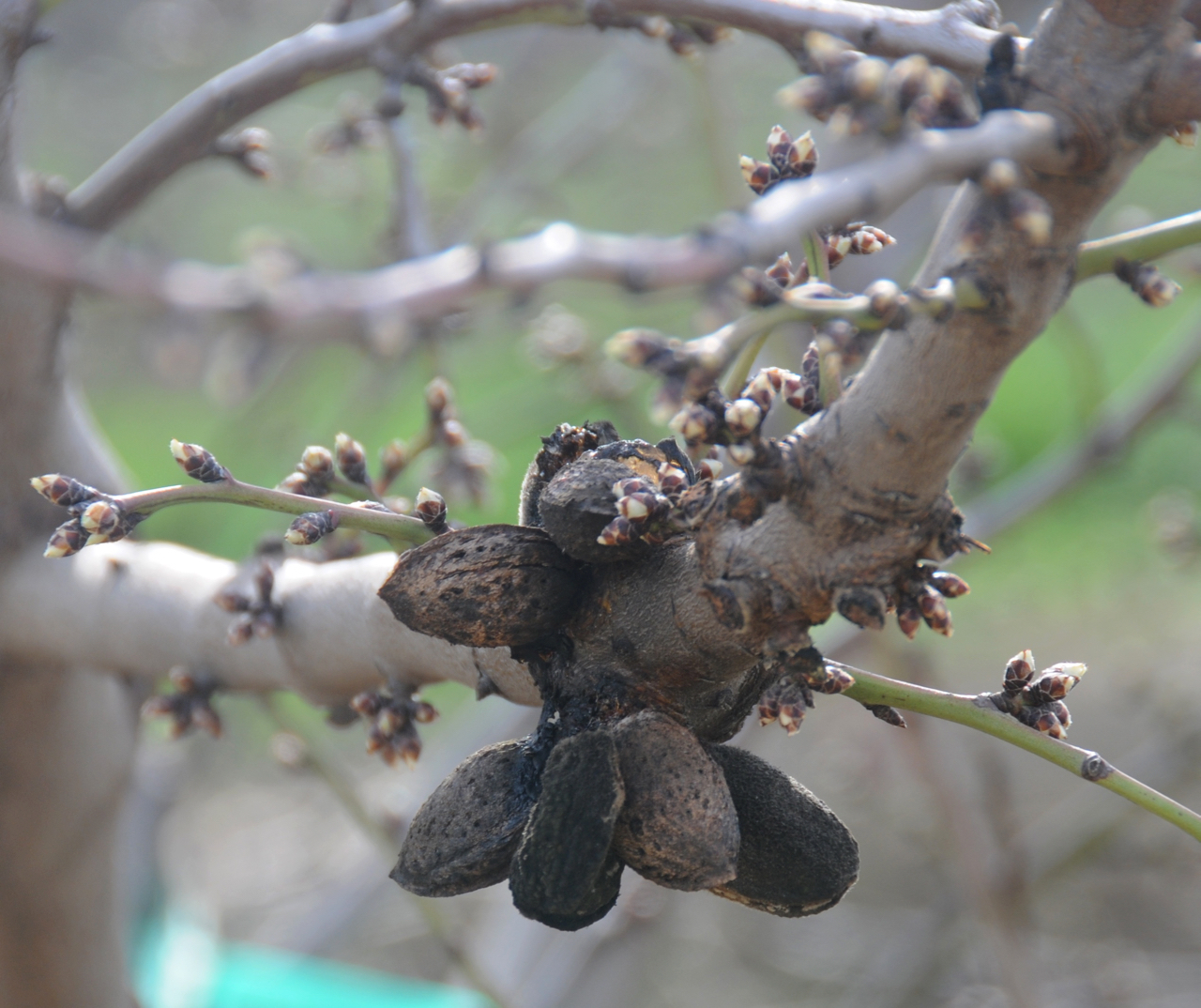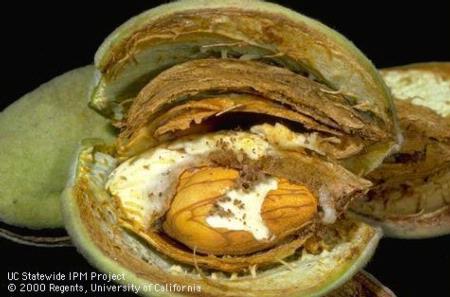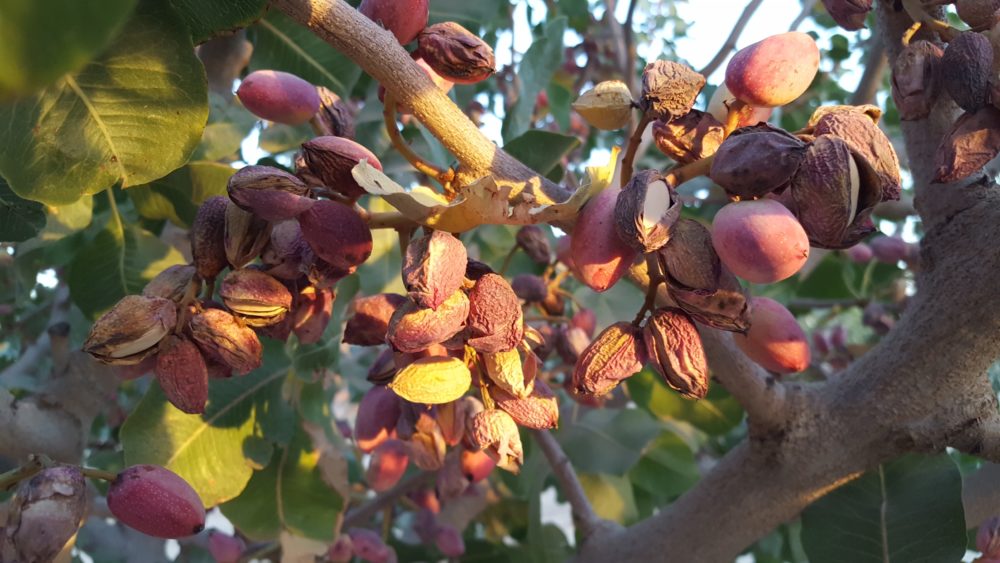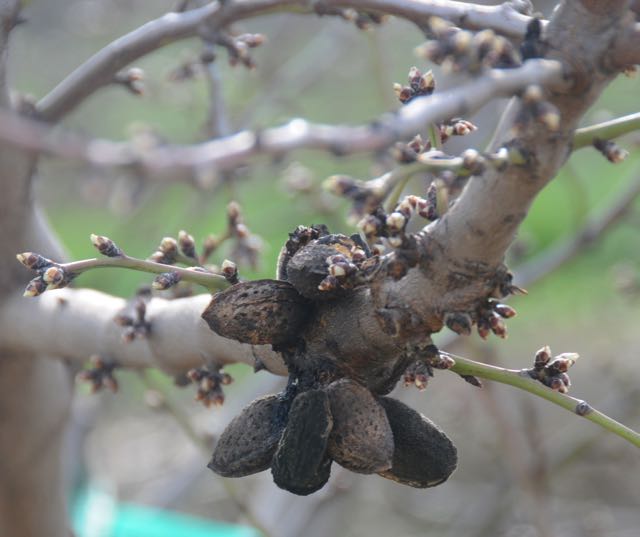Navel Orangeworm Pressure Could Be Increasing in Almonds
Lack of Good Sanitation Leads to High Navel Orangeworm Numbers
By Jessica Theisman, Associate Editor
It could be another heavy year for Navel Orangeworm (NOW). David Haviland, UC Cooperative Extension farm advisor for Kern County and entomologist told California Ag Today that sanitation in almond orchards over the winter was not as good as it could have been.
“Everything right now is about trying to prevent a repeat from last year, and it is a little tricky so we know that sanitation wasn’t as good this winter as it generally should be,” he said. “The best time to shake NOW mummy nuts from an almond tree is after a rain when the nuts are heavier.”
However, rains came late this season, and by the time the rains left, there was only a few weeks before spring.
“This left a very short window to get any shaking done, and some people did an excellent job during that window to sanitize and other people just couldn’t get around all their acreage,” Haviland said. “On average across the whole industry, sanitation was not up to where it should have been, and it gave growers a difficult start to the season.”
NOW could be early this year, but the crop is on time.
“With all of this prolonged hot temperatures, particularly high night-time temperatures, the trees are shutting down a little bit at night compared to what they would do if the nighttime temperatures were cooler,” Haviland explained.
As a result, harvest is not coming as quickly as people would like.
“The problem is that the longer the nuts are in the orchard, the greater chance there will be NOW damage,” he said.
Timely crop protection sprays are recommended.























